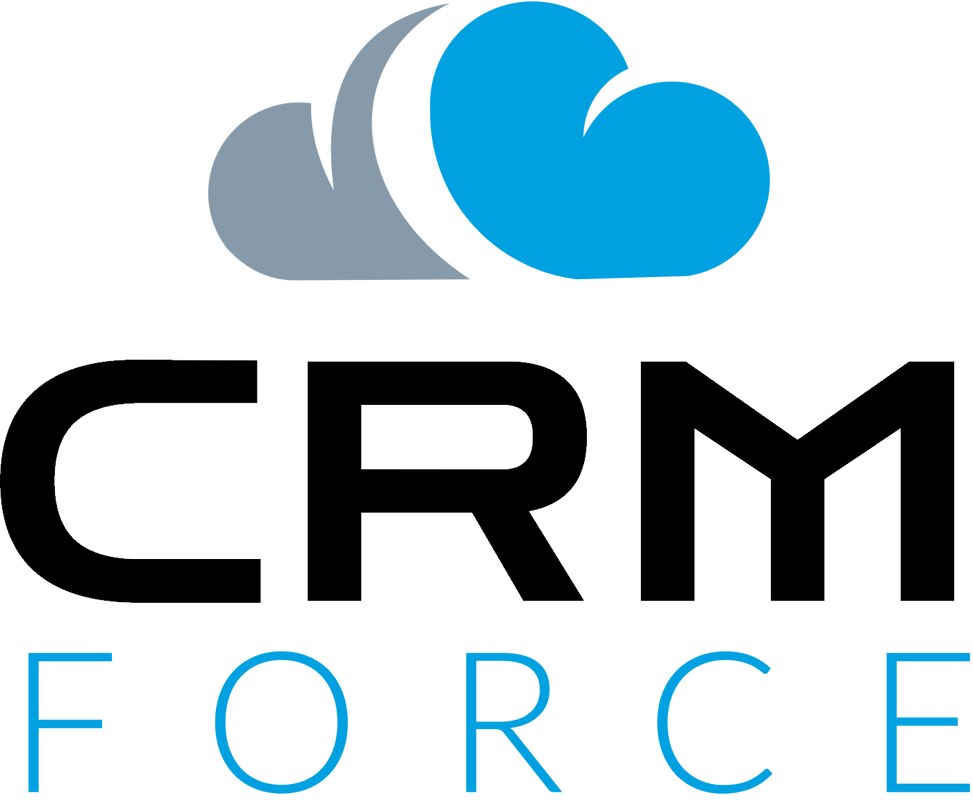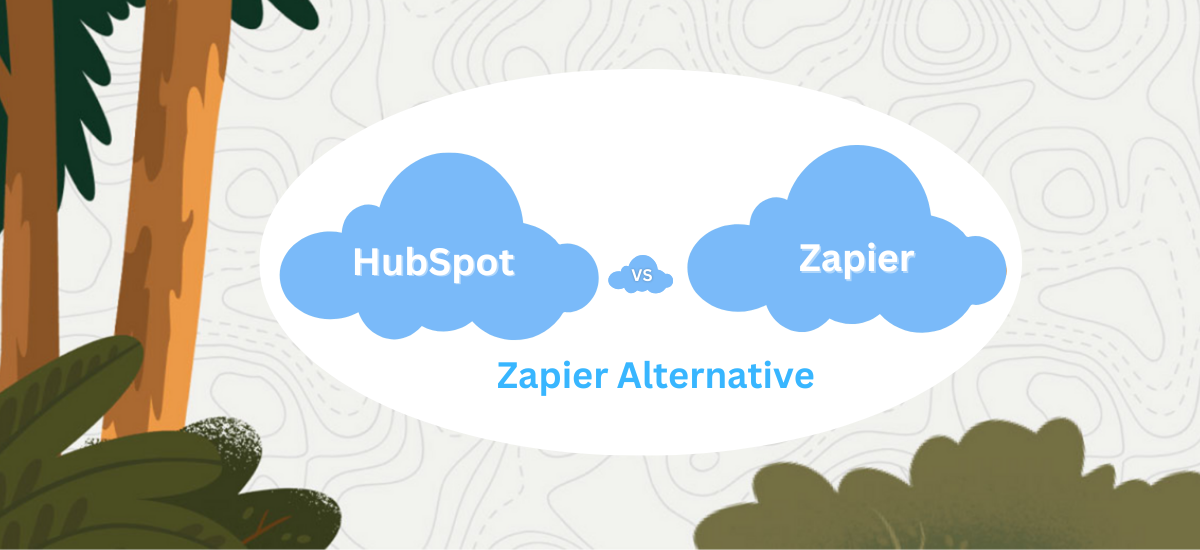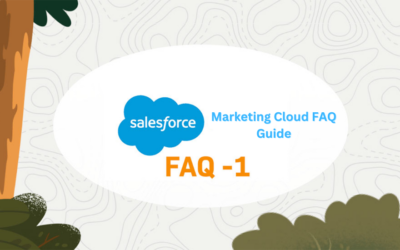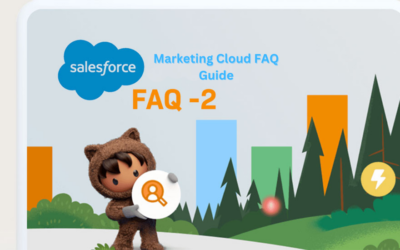In the dynamic landscape of modern business, where efficiency and seamless workflows are paramount, the choice of automation and integration tools can significantly impact a company’s success. Two titans in this arena, HubSpot and Zapier, stand out as robust solutions with distinctive features and capabilities. HubSpot, established in 2006, has evolved into an integrated platform that spans marketing, sales, and customer service, aligning its philosophy with the inbound methodology. It boasts native integrations and a user-friendly interface, making it an attractive option for businesses seeking an all-in-one solution. On the other hand, Zapier, founded in 2011, has revolutionized automation by focusing on code-free workflows. With its intuitive drag-and-drop interface, Zapier enables users to seamlessly connect a vast array of applications, bridging the gap between tools that may not have built-in integrations. This head-to-head comparison aims to dissect the strengths and nuances of HubSpot and Zapier, helping businesses navigate the intricate decision-making process and choose the platform that aligns best with their unique needs and objectives in the realm of automation and integration.
As businesses navigate the complexities of the digital age, the need for efficient automation becomes more pressing than ever. The juxtaposition of HubSpot’s comprehensive, all-encompassing approach and Zapier’s nimble, code-free automation presents a compelling landscape for businesses seeking to optimize their processes. HubSpot’s emphasis on inbound methodology and seamless integration across marketing, sales, and service hubs provides a centralized and cohesive solution. In contrast, Zapier’s flexibility and extensive app compatibility open doors for businesses with diverse toolsets, offering a canvas for creating tailored workflows without the constraints of coding. This exploration aims to empower decision-makers with insights into the intricate features of HubSpot and Zapier, ensuring they can make informed choices that propel their businesses toward heightened efficiency and success in an increasingly automated world. If you need assistance with Salesforce CRM setup and optimization, companies like CRM Force can provide valuable expertise and support.
1- HubSpot Overview:
HubSpot, founded in 2006, has established itself as a leading all-in-one platform offering a suite of tools for marketing, sales, and customer service. The platform is rooted in the inbound methodology, a philosophy that centers around attracting, engaging, and delighting customers to foster long-term relationships.
Marketing Hub
HubSpot’s Marketing Hub is a robust solution designed to elevate a business’s online presence. Key features include:
Content Creation: HubSpot provides tools for creating engaging and SEO-optimized content, including blog posts, landing pages, and emails. Content creation is made accessible to users with varying levels of technical expertise.
Email Marketing: Marketing Hub includes sophisticated email marketing tools for creating, sending, and tracking the performance of email campaigns. Automation features enable personalized and targeted communication with leads and customers.
Social Media Management: HubSpot facilitates social media management by allowing users to schedule posts, track engagement, and analyze social media performance. Integration with other HubSpot hubs ensures a cohesive approach to marketing efforts.
Analytics: The platform provides robust analytics tools to measure the success of marketing campaigns. Data-driven insights help businesses refine their strategies for better results.
Sales Hub
HubSpot’s Sales Hub is tailored for sales teams, offering a suite of tools to streamline lead management, automate outreach, and track deal progress:
Lead Management: Sales Hub provides a centralized system for managing leads, ensuring that sales teams can prioritize and nurture potential customers effectively. Integration with Marketing Hub facilitates a seamless transition from marketing-generated leads to the sales pipeline.
Automated Outreach: Sales teams can leverage automation to streamline outreach efforts, ensuring timely and personalized communication with leads. Email tracking features provide insights into recipient engagement.
Deal Tracking: The platform includes tools for tracking deals through various stages of the sales pipeline. Customizable dashboards offer visibility into key metrics and performance.
Service Hub:
HubSpot’s Service Hub is dedicated to customer support and satisfaction, focusing on turning customers into promoters:
Ticketing: Service Hub provides a ticketing system to efficiently manage and resolve customer queries. The centralized system ensures that customer support teams can handle requests in a timely manner.
Customer Feedback: Tools for collecting and analyzing customer feedback are integrated into the platform. Insights gathered help businesses identify areas for improvement in their products or services.
Knowledge Base Management: Service Hub facilitates the creation and management of a knowledge base, providing customers with self-service options. This feature empowers customers to find solutions to common queries independently.
2- Zapier Overview
Founded in 2011, Zapier has emerged as a powerhouse in the realm of automation, offering businesses a versatile platform to connect and automate workflows across various applications. At its core, Zapier is known for its user-friendly, code-free approach to automation, allowing individuals to create custom workflows, termed “Zaps,” without the need for advanced technical skills.
-
- Code-Free Automation:
Zapier’s standout feature is its commitment to code-free automation, making the platform accessible to a broad audience. Key aspects of this feature include:
User-Friendly Interface:
Zapier employs an intuitive drag-and-drop interface, simplifying the process of creating automated workflows. This approach enables users with diverse backgrounds to design and implement automation sequences seamlessly.
Workflow Automation: Users can create Zaps to automate repetitive tasks and seamlessly connect different apps. Automation scenarios can range from simple, single-step processes to complex, multi-step workflows.
Extensive App Integration:
Zapier’s strength lies in its ability to connect and automate processes across a vast array of applications. This feature ensures flexibility and adaptability in the automation process:
App Marketplace: Zapier supports a wide range of apps, spanning categories such as marketing, CRM, project management, and more. The extensive app marketplace allows users to integrate and automate processes between apps that might not have built-in integrations.
Customizable Integrations: Users have the flexibility to create custom integrations tailored to their specific business needs. This ensures that businesses can adapt Zapier to suit their unique workflows and processes.
Multi-Step Zaps:
Zapier’s multi-step Zaps add depth and complexity to automation, enabling users to create sequences of actions triggered by a single event:
Sequential Automation: Multi-step Zaps allow for the creation of sequences where multiple actions are triggered in response to a single event. This capability is valuable for orchestrating more intricate workflows and automating a series of related tasks.
Enhanced Automation Depth: Users can set up conditional logic and decision trees within multi-step Zaps, adding a layer of sophistication to automation. This feature caters to businesses with more intricate automation requirements.
3- Integration Capabilities:
HubSpot:
All-in-One Solution: HubSpot is an all-encompassing platform that provides native integrations within its ecosystem.
Built-In Integrations: The platform offers seamless integration between its marketing, sales, and service hubs.
Unified Approach: HubSpot’s approach is holistic, aiming to provide a comprehensive solution without relying heavily on third-party integrations.
Zapier:
Specialized Integration: Zapier specializes in connecting apps that may not have built-in integrations.
Extensive App Compatibility: Zapier supports a vast array of apps, allowing users to create custom integrations even for apps that don’t inherently work together.
Flexibility: This flexibility caters to businesses with diverse app stacks, offering a bridge for integrating various tools.
Decision Point: The choice between HubSpot and Zapier in terms of integration capabilities depends on the specific needs of the business. HubSpot might be preferable for those seeking an all-in-one solution, while Zapier appeals to businesses requiring extensive app compatibility and flexibility.
Ease of Use:
HubSpot:
User-Friendly Interface: HubSpot is designed with a user-friendly interface, making it accessible to marketers, sales teams, and customer service professionals.
Intuitive Design: The platform’s intuitive design simplifies the learning curve, allowing users to quickly adapt to its features.
Targeted User Base: HubSpot caters to users who may not have advanced technical skills, focusing on the needs of marketing and sales teams.
Zapier:
Code-Free Automation: Zapier’s drag-and-drop interface emphasizes code-free automation.
Broad Audience Reach: By eliminating the need for coding, Zapier targets a broader audience, including individuals without advanced technical expertise.
Accessibility: Zapier’s ease of use allows users to create custom workflows without a steep learning curve.
Decision Point: The decision between HubSpot and Zapier based on ease of use depends on the technical expertise of the team. HubSpot may be preferable for teams with specific roles in marketing, sales, or customer service, while Zapier appeals to those seeking a platform accessible to a broader audience.
Customization and Flexibility:
HubSpot:
High Level of Customization: HubSpot provides a high level of customization within its platform, allowing businesses to tailor their marketing, sales, and service processes.
Unified Platform: The integration of marketing, sales, and service hubs ensures a cohesive and customizable approach across various business functions.
Inbound Methodology: HubSpot aligns customization with the inbound methodology, emphasizing personalized and customer-centric approaches.
Zapier:
Code-Free Customization: Zapier allows for customization through code-free automation, empowering users to create custom workflows.
Flexible Automation: The platform’s flexibility caters to businesses with diverse needs, enabling the creation of unique automation sequences.
Adaptability: Zapier’s adaptability is particularly useful for businesses that require dynamic and evolving automation processes.
Decision Point: The decision between HubSpot and Zapier in terms of customization and flexibility depends on the specific requirements of the business. HubSpot may be preferable for those seeking a unified and highly customizable platform, while Zapier appeals to businesses desiring flexibility in creating tailored automation workflows.
Conclusion
In conclusion, the intricate realm of automation and integration tools, the comparison between HubSpot and Zapier reveals a nuanced landscape, emphasizing the need for businesses to make informed decisions tailored to their unique requirements. HubSpot’s comprehensive suite, spanning marketing, sales, and customer service, represents a holistic approach that prioritizes cohesion and native integrations. This can be particularly advantageous for organizations seeking an all-in-one solution that streamlines their operations seamlessly. The user-friendly interface further enhances its appeal, making it accessible to teams across various functions. On the flip side, Zapier’s focus on code-free automation and extensive app compatibility positions it as a versatile bridge between disparate applications. This flexibility allows businesses with diverse toolsets to create intricate workflows without the constraints of coding, fostering adaptability and customization.
As businesses embark on the decision-making journey between HubSpot and Zapier, careful consideration of specific criteria becomes paramount. Factors such as the technical expertise of the team, the intricacy of required workflows, and the nature of the app ecosystem come into play. It’s imperative for decision-makers to conduct a thorough assessment to determine which platform aligns most closely with their business objectives and operational structure. Each brings its unique strengths to the forefront, offering businesses the opportunity to fine-tune their automation strategy. Delving into the specifics of these alternatives ensures that organizations can pinpoint the tool that seamlessly integrates with their existing infrastructure and fulfills their automation needs, setting them on a trajectory toward enhanced efficiency and operational excellence. To learn more about how CRM Force can assist you in recruiting top CRM talent and optimizing your CRM strategies for successful drip campaigns, contact us today. Together, let’s maximize your customer engagement Contact Us today.





